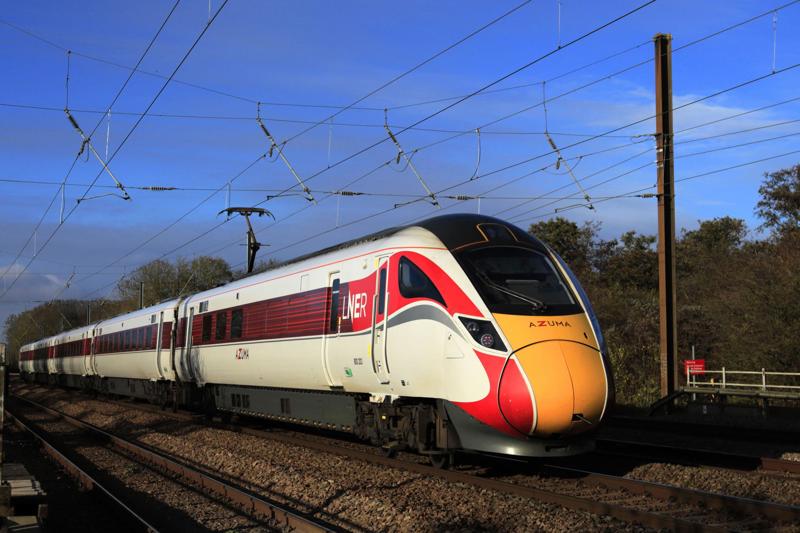
Network Rail has submitted final representations on eight track access applications relating to the East Coast Main Line (ECML) after issuing a warning about future performance of the route.

Network Rail has submitted final representations on eight track access applications relating to the East Coast Main Line (ECML) after issuing a warning about future performance of the route.
The responses, due to be published on the Office of Rail and Road (ORR) website soon, follow general representations in which NR issued a stark warning about its performance analysis of the line’s recast timetable (approved late last year) due to be implemented in December.
It said implementation of the timetable will lead to “a notable deterioration in punctuality for customers”, and introducing further long-distance high-speed services above those included in the development work will “apply further pressure to a deteriorating punctuality outlook and further reduce the resilience of the network”.
Focusing on the northern end of the route, NR said performance modelling of the December 2025 timetable demonstrates “a drop in punctuality and a reduction of resilience at York” which would affect the performance of the ECML and delays further afield.
The letter, written by Route Director, East Coast Route, Paul Rutter, said that NR had assess access rights using the February 2025 version of the proposed December 2025 timetable.
He said work by NR showed a collective list of access rights sought across 82 applications submitted to ORR by May 20 last year. His letter said that those applications contained nearly 6,000 access rights being sought, of which almost 4,000 interact on the ECML.
At present, FirstGroup has applied to run an additional to both Hull and Newcastle under its Hull Trains and Lumo brands respectively. FirstGroup also wants to introduce a service to King’s Cross-Sheffield under the Hull Trains banner, while Grand Central has recently announced plans for a new direct service between London and Cleethorpes.
Grand Central has also secured an extension to its existing rights to Bradford Interchange and Sunderland until 2038.
LNER is also introducing more services to Bradford Forster Square.
There have also been tense exchanges between ORR and NR about track access applications.
The regulator’s Director, Strategy, Policy & Reform, Stephanie Tobyn, wrote to Anit Chandarana, Group Director, System Operator at Network Rail on March 7 in a letter entitled “Network Rail approach to access decisions”.
In it, she said it had “become clear that Network Rail does not plan to agree to allocate long-term firm access on its network even where it supports operators’ applications for rights”, and that “Network Rail expects ORR to direct it on the use of its network but has not yet provided sufficient evidence for ORR to take those decisions in a timely manner”.
She said NR is required to manage the capacity process while ORR should assess whether it should approve agreements reached between NR and operators or make its own decision if there is no agreement.
“Historically, this process has worked because it meant Network Rail taking 9 out of 10 access decisions to manage capacity (and ORR approving them),” Tobyn wrote. “Network Rail is now asking ORR to take all decisions on capacity, including on rights that Network Rail thinks it can accommodate and could agree in a contract.”
She described this “unexpected change” as concerning and said it would “not lead to efficient and effective management of access and timetabling and will not deliver the investment or growth benefits” on the ECML.
Tobyn said Network Rail had not been prepared to agree access contracts associated with the ECML timetable despite proceeding with the recast.
In response, Chandarana said there had not been any change in NR’s approach and said its detailed plan made clear that “wherever we are able to reach a conclusive position we will provide those final representations to ORR at once so that it may reach a decision consistent with its statutory duties”.
He went on to say: “This was repeated in the Interim Approach, and I am also aware of personally clarifying language between our organisations so that there was no ambiguity over the fact that we would be making representations. I was therefore surprised by the first observation in your letter.”
He assured ORR that in final representations NR would be “see us supporting (possibly with suggested amendments or caveats),or clearly opposing” the current applications with the regulator.
Login to continue reading
Or register with RAIL to keep up-to-date with the latest news, insight and opinion.


















Login to comment
Comments
No comments have been made yet.